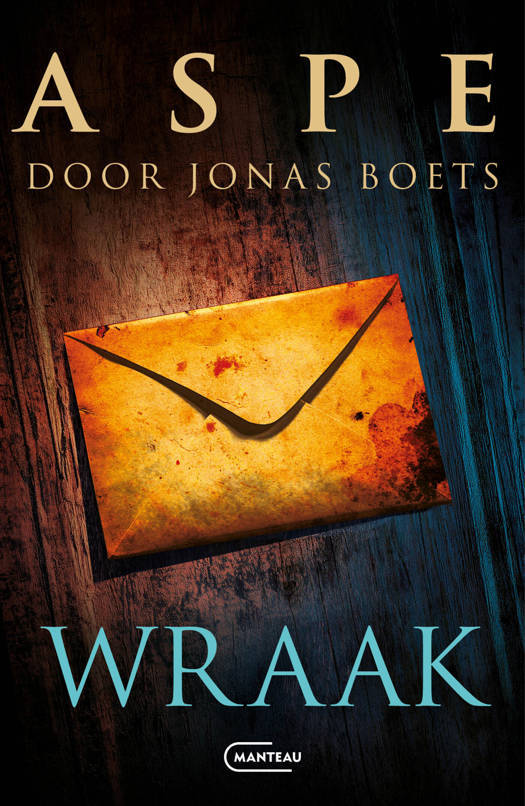
- Afhalen na 1 uur in een winkel met voorraad
- Gratis thuislevering in België vanaf € 30
- Ruim aanbod met 7 miljoen producten
- Afhalen na 1 uur in een winkel met voorraad
- Gratis thuislevering in België vanaf € 30
- Ruim aanbod met 7 miljoen producten
Zoeken
An Indigenous Curriculum of Place
The United Houma Nation's Contentious Relationship with Louisiana's Educational Institutions
Nicholas Ng-A-Fook
€ 103,45
+ 206 punten
Uitvoering
Omschrijving
The longest desegregation lawsuit in American history, involving Louisiana's political, judicial and educational institutions, was recently settled. Like many African-American communities in the south, members of the United Houma Nation did not have access to "White" systems of public education, or to African-American schools, until the mid-1960s. This book illustrates how the Louisiana state apparatus historically dictated educational exclusion through its infamous Jim Crow policies of racial segregation. Utilizing a combination of ethnography, historiography, and oral history methods, its research narratives are specifically concerned with the life histories of United Houma Nation elders who experienced firsthand the complexities and difficulties of institutional racism.
An Indigenous Curriculum of Place is essential reading for curriculum scholars, teachers, and community leaders. The narratives in this book not only have the potential to teach us about alternative ways of knowing, but also to understand the limits of our colonized worldviews.
An Indigenous Curriculum of Place is essential reading for curriculum scholars, teachers, and community leaders. The narratives in this book not only have the potential to teach us about alternative ways of knowing, but also to understand the limits of our colonized worldviews.
Specificaties
Betrokkenen
- Auteur(s):
- Uitgeverij:
Inhoud
- Aantal bladzijden:
- 232
- Taal:
- Engels
- Reeks:
- Reeksnummer:
- nr. 25
Eigenschappen
- Productcode (EAN):
- 9781433100147
- Verschijningsdatum:
- 23/08/2007
- Uitvoering:
- Hardcover
- Formaat:
- Genaaid
- Afmetingen:
- 160 mm x 230 mm
- Gewicht:
- 579 g

Alleen bij Standaard Boekhandel
+ 206 punten op je klantenkaart van Standaard Boekhandel
Beoordelingen
We publiceren alleen reviews die voldoen aan de voorwaarden voor reviews. Bekijk onze voorwaarden voor reviews.











